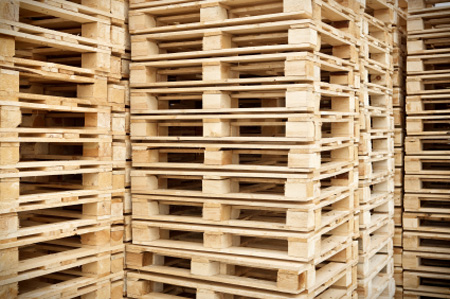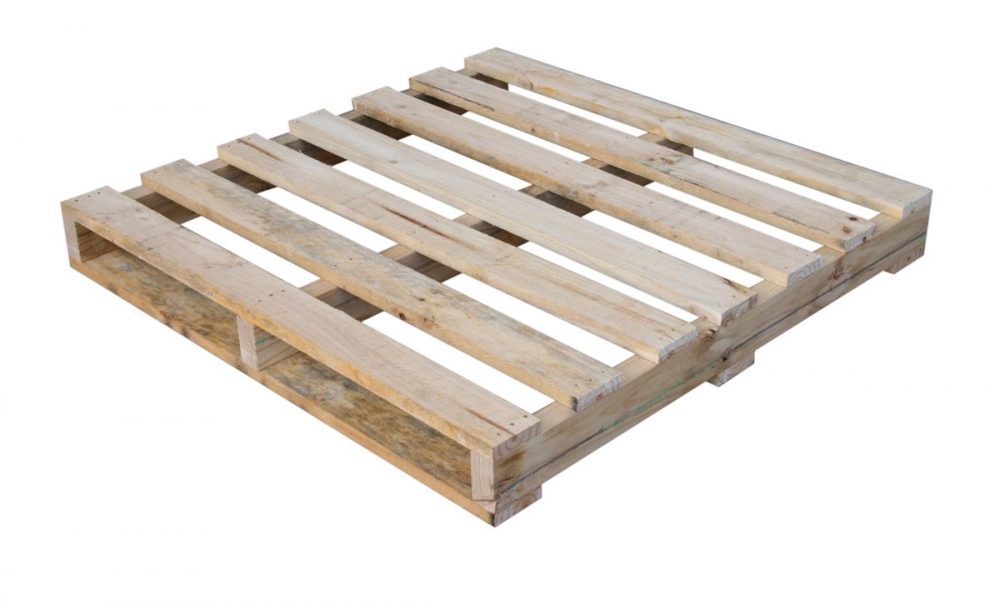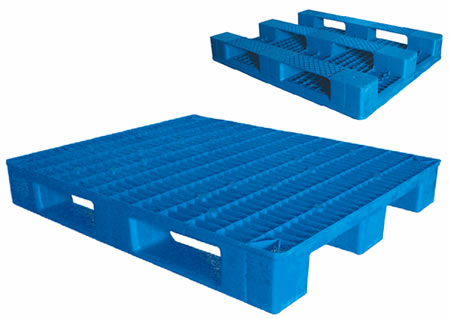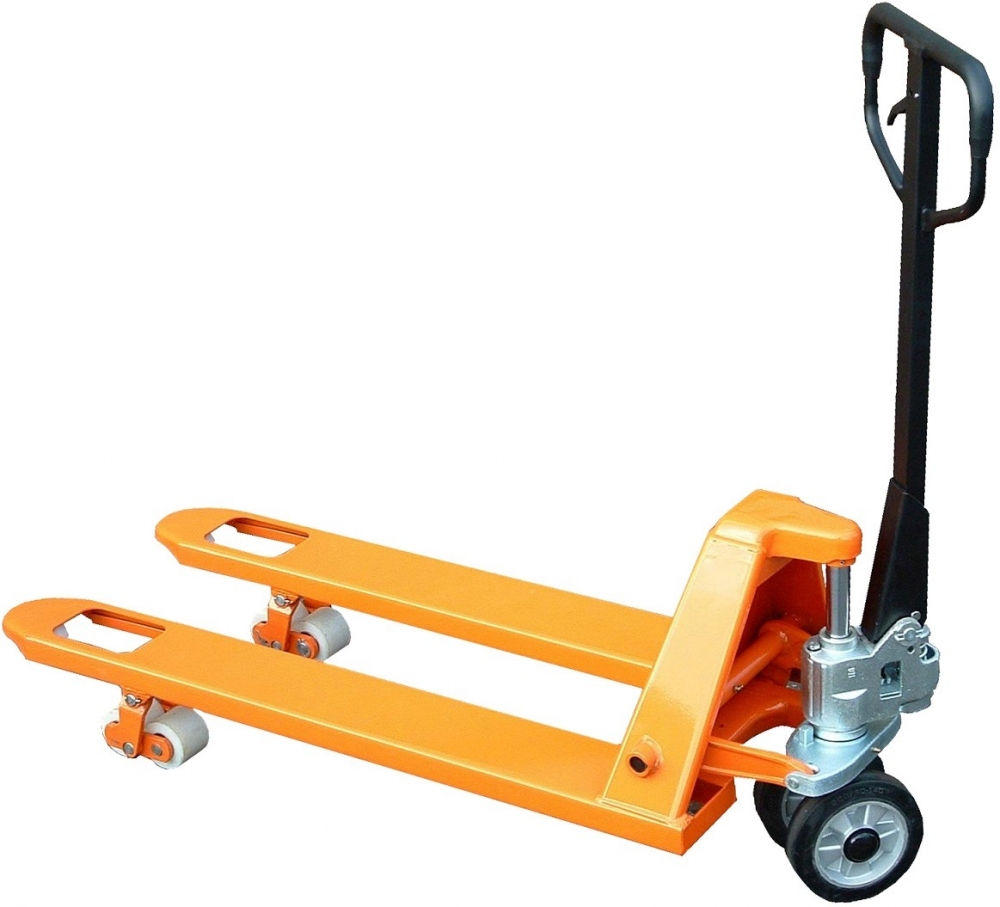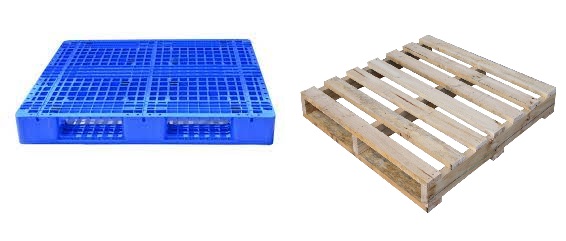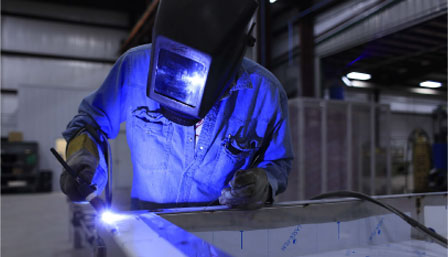How to produce wooden pallet?
How to produce Wooden Pallet?
Once the wood is ready, the assembly stage begins. Skilled workers or automated pallet assembly machines arrange the stringers or blocks on a jig or fixture to hold them in place.
Then, deck boards are laid across the top and sometimes bottom, depending on whether the pallet will be single-faced or double-faced.
Nails or staples are used to fasten the boards to the stringers, with industrial nail guns capable of firing multiple nails per second for speed and efficiency.
The pattern of the nails is crucial to maintaining strength and stability. Some pallets require extra reinforcement, such as metal plates or corner protectors, depending on their intended use.
Automated assembly lines are common in large-scale pallet manufacturing facilities, significantly speeding up production while maintaining uniform quality. However, smaller operations may still build pallets manually, especially for custom orders.
During assembly, there are variations depending on the type of pallet being made. Two-way pallets, for example, have openings on two opposite sides for forklift entry, while four-way pallets have openings on all four sides, making them more versatile in handling and storage.
Block pallets often require more complex assembly because each corner and sometimes the center has a block to provide additional strength and allow four-way entry.
Manufacturers select the design based on the customer’s requirements, intended load capacity, and handling equipment.
After assembly, the pallets undergo a final inspection to ensure they meet the required quality standards.
Inspectors check for missing nails, splintered boards, uneven surfaces, or misaligned components. They also confirm that the pallet dimensions and weight meet the specifications provided by the customer.
Any defective pallets are either repaired immediately or disassembled for reuse of the undamaged parts. Quality control is vital because even a small defect could lead to accidents, damaged goods, or reduced load capacity.
In some cases, wooden pallets are finished with additional treatments to improve their performance or lifespan.
This may include applying a protective coating to resist moisture or staining the wood for easy identification. Some companies brand their pallets by stamping or printing their logo, company name, or pallet specifications directly onto the wood.
These markings can also indicate compliance with international standards, such as the IPPC (International Plant Protection Convention) stamp for heat-treated pallets.
Once the pallets have passed inspection, they are stacked and prepared for delivery.
Depending on the order size, pallets may be shipped in bulk to warehouses, distribution centers, or directly to businesses.
Large manufacturing plants often order thousands at a time to ensure a constant supply for their shipping needs, while smaller companies might purchase in smaller quantities.
The transportation of pallets is an important consideration—pallets themselves must be carefully stacked and secured during shipment to avoid damage before they even reach the customer.
Interestingly, the process of making wooden pallets is also evolving with technology. Automated cutting machines, robotic assembly arms, and computer-controlled quality checks are becoming increasingly common, making production faster and more precise.
At the same time, sustainability concerns are influencing how pallets are made. Many manufacturers now focus on using sustainably sourced timber, recycling old pallets, and minimizing waste in production.
Wood shavings and offcuts that cannot be used for pallet parts are often repurposed into wood chips, mulch, or biomass fuel, ensuring that very little material goes to waste.
